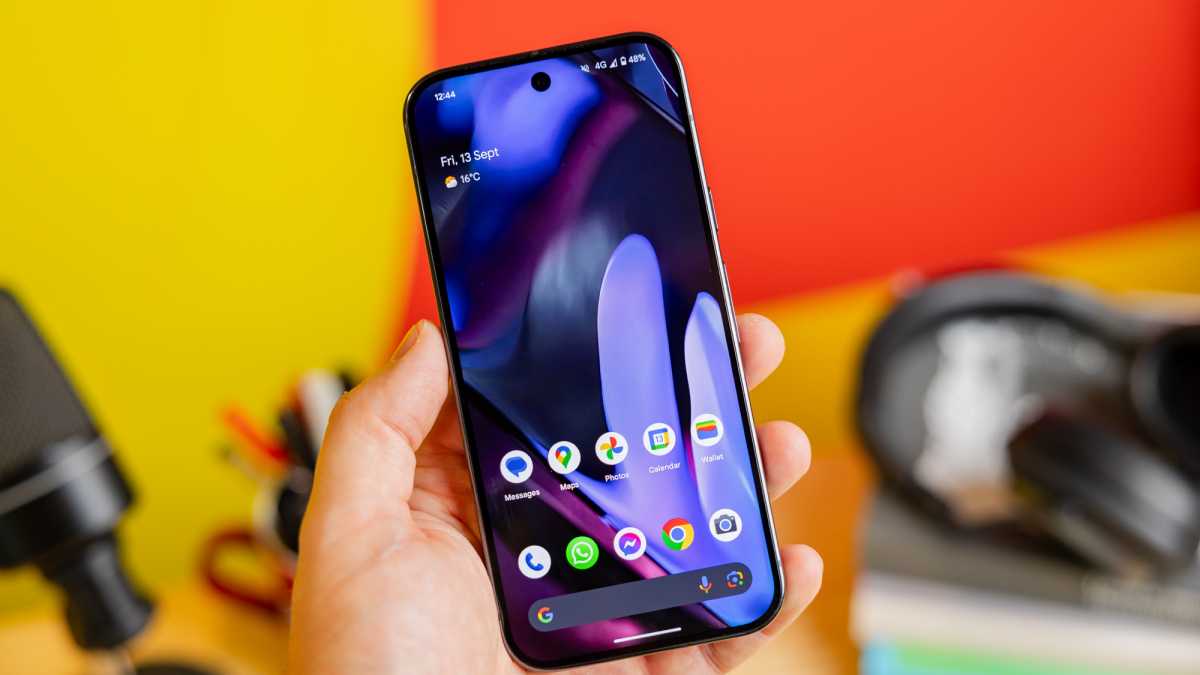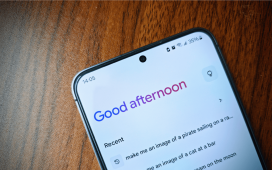Google’s next smartphone, the Pixel 10, could feature a quality-of-life screen upgrade that takes it beyond the Samsung Galaxy S25 Ultra.
When asked about the low PWM dimming rate on its Pixel phones (which can cause some people headaches), a Google spokesperson told Android Central that its “teams are aware and investigating this. You can expect updates later this year”.
While short of a full on confirmation, it seems to suggest that Google will be improving the PWM dimming rate for the Google Pixel 10, as such a feature cannot be added to the existing Pixel 9 series through a simple software update.
What is PWM dimming?
Pulse Wave Modulation Dimming, or PWM dimming, is a screen technology that effectively turns a screen on and off at a higher or lower frequency to simulate brightness.
That flickering effect is broadly imperceptible to the human eye at normal brightnesses, but as a smartphone screen’s brightness drops in lesser lighting the flicker can become apparent, and even quite tiresome for some people, as well as potentially affecting sleep quality.
Phones with a higher PWM dimming rate continue to refresh at higher rates, reducing the flickering effect in dark conditions, and thus potentially fatiguing eyes much less.

Dominik Tomaszewski / Foundry
Which phones have the best PWM dimming rates?
Such phones include the OnePlus 13, the Honor Magic 7 Pro, and the Xiaomi 15 Ultra. Notable phones that feature lower PWM dimming rates include the iPhone 16 Pro, and the Samsung Galaxy S25 Ultra, both with 480Hz.
Meanwhile, the Google Pixel 9 Pro offers some of the lowest PWM dimming frequency in the business. We’re talking a mere 240Hz.
None of these mainstream flagship phones can compared to the Honor Magic 7 Pro’s 4320Hz, the OnePlus 13’s 2160Hz, or the Xiaomi 15 Ultra’s 1920Hz PWM dimming rates. All three also employ the safer DC dimming technique at higher brightness settings.
Whether the Pixel 10 pulls clear of that lower-end crowd remains to be seen. It could conceivably match the 480Hz output of the iPhone 16 Pro and Samsung Galaxy S25 Ultra, and still justifiably claim to have significantly improved in this department.
As the source report states, Google could also implement a new accessibility mode for those sensitive to screen flicker, just like Motorola. The final option is that it simply cranks that PWM dimming dial right up.




